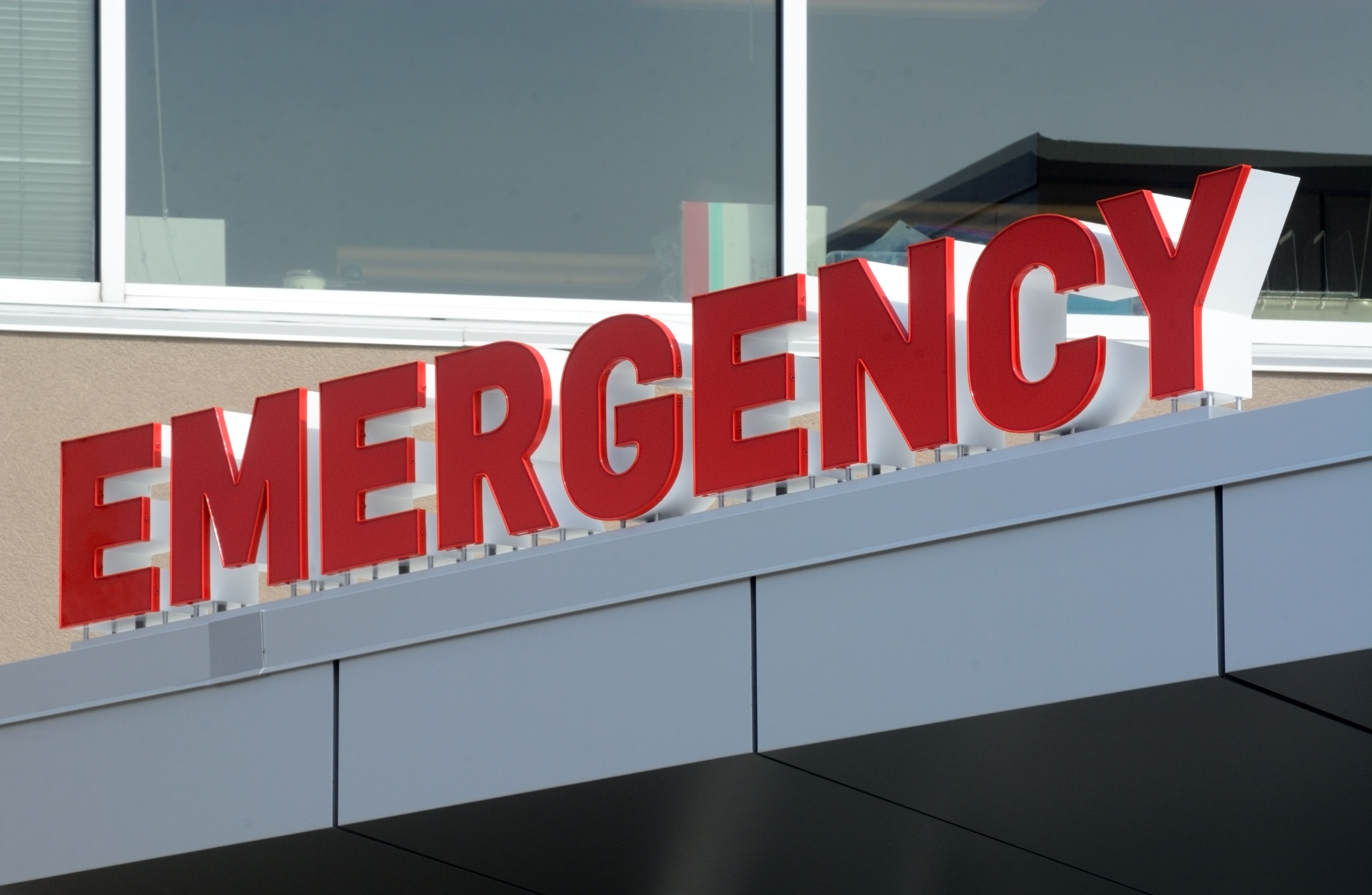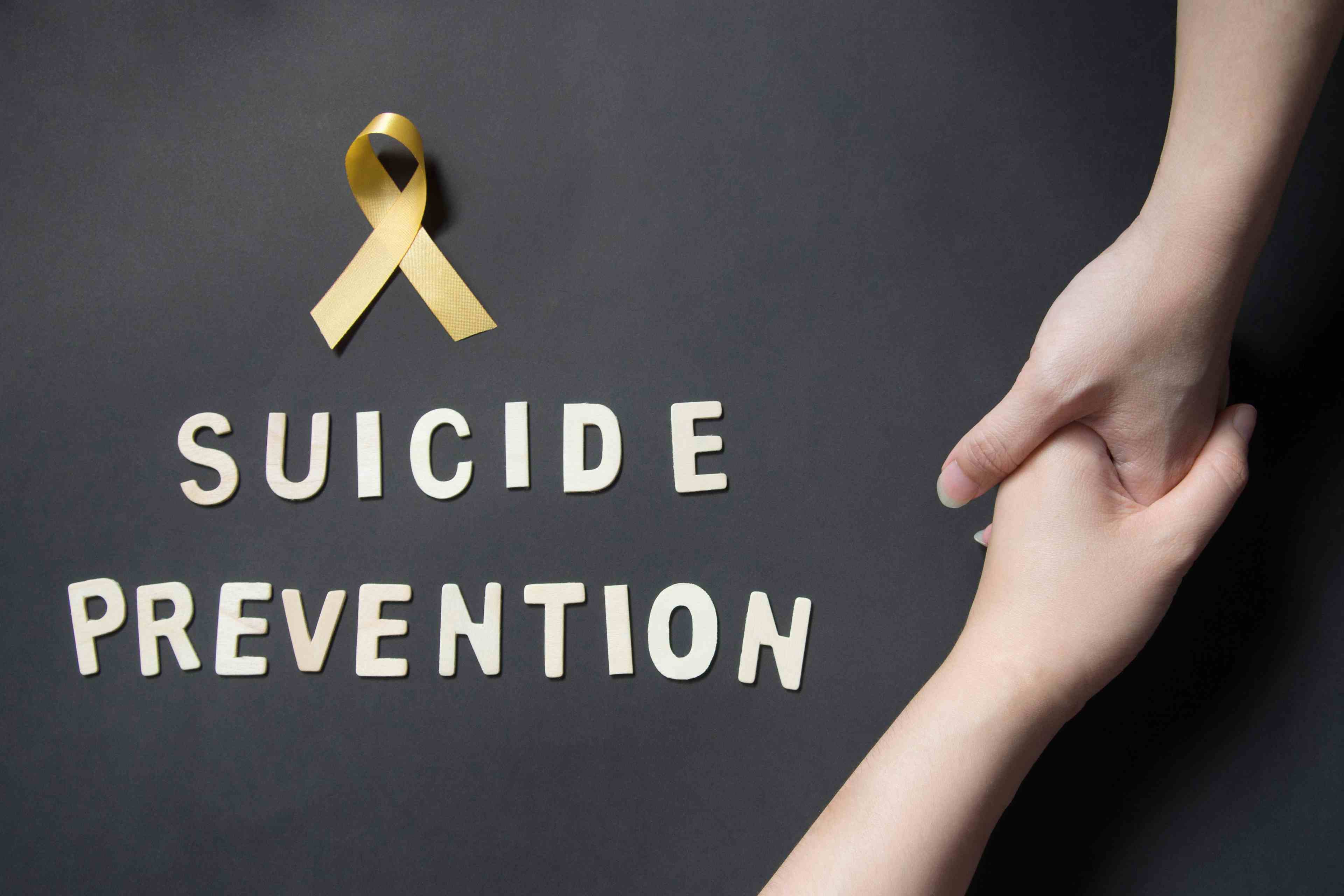News
Article
The Renaissance of Behavioral Health: 988 and Crisis Care
Author(s):
Learn more about a comprehensive system of care for those who are in crisis and need immediate access to care, aided by the new 988 Suicide & Crisis Lifeline.
merrimonc/AdobeStock

Q&A
The 1-year anniversary of the national transition to the 988 Suicide & Crisis Lifeline marks a historic moment in crisis care—a crucial piece of the overall renaissance of behavioral health, according to Colin LeClair, the CEO of Connections Health Solutions. Psychiatric Times sat down with LeClair to learn more about his thoughts on equal access to care and the importance of collaboration in behavioral health crisis care.
PT: As the CEO of Connections Health Solutions, what do you see as your role in helping to improve mental health?
LeClair: Our role at Connections is to catalyze a shift toward a more comprehensive system of care for those who are in crisis and need immediate access to care. In most communities across the country, people have 2 options: (1) they wait (usually for a long time) for outpatient care, or (2) if they wait too long, they end up in the emergency department at their local hospital. That hospital is generally not very well equipped to care for patients with acute mental illness or substance use. Those are not great options, waiting 8 to 12 weeks or going to the emergency room and maybe going into an inpatient stay. There is this enormous gap in between those 2 settings to address the needs of patients who need to be seen now, whether it is a crisis or not, and we at Connections are trying to fill that gap. We may not be the final destination for the patient, but what we can do is triage immediately, stabilize them, and then make sure they get to the right destination. We can help them navigate the health system.
PT: What do you currently see as the most important topics in behavioral health crisis care?
LeClair: Access, access, access. I think there has been a wonderful progression in access for commercial populations because of the rise and accessibility of telepsychiatry. But what remains in deficit is access for patients who are very high risk or very complex; our mission is to improve access for those patients.
We provide crisis care for patients who are in an acute crisis or need urgent care, but I think access takes a number of forms. The medical system has this highly stratified value chain of services from level one trauma centers and an ICU, all the way down to ambulatory primary care, urgent care, unscheduled walk-in access, and all of those things in between—behavioral health does not have that. I think we need to meet patients where they are, whatever stage they are at. That could mean providing them mobile response; professionals can go out, stabilize, and deescalate situations in the community. It could mean providing them with access to shelter, residential treatment, a therapist, a peer. We provide a small spectrum of those services for the most critically in need. But I think the more access we can provide to this patient population, the better.
PT: July 16 marked the 1-year anniversary of the transition to the 988 Suicide & Crisis Lifeline. What are the biggest developments you have seen over the past year?
LeClair: I think this is going to be an evolutionary process. 988 was a major catalyst for improving access in the community. It made it very simple for everyone to use one line to call for help. That line may very well be able to resolve some of their issues just by virtue of helping them to navigate the system—that might be the answer that some individuals need. But for many others, they need more.
What 988 did was make it very simple to start the process of gaining access to care. We see that patients are using the line, and they are getting help to navigate a system that was otherwise unnavigable. That is a huge step forward. Where does the patient go if that call is not sufficient? Where did the 988 operators send those patients if they cannot help the patient while on the line? Those options are still very limited.
Patients need a place to call, someone to respond, and a place to go. Those are the 3 big tentacles in this evolutionary process. Someone to respond is generally mobile crisis; we will send somebody out there right now to help you. That is wonderful. A lot of cities across the country are doing that. It is growing, it is working. They are deescalating and resolving several issues in the community before the patient has to go to a hospital to be admitted. The next step is a place to go—that is where I am talking about needing more access points. The place to go could be a crisis facility like ours. It could be a living room setting for patients who are not highly acute but need to speak to a therapist. There is not nearly enough infrastructure in place. I think 988 has been a really powerful catalyst in starting this movement to provide better access, but we have a long way to go.
PT: Within the first year, the 988 Lifeline connected over 5 million individuals with emotional and suicidal crisis support. What does this say to you about the state of the nation’s mental health? Did the pandemic play a part in this?
LeClair: I think certainly the pandemic played a role in increasing the prevalence of these diagnoses because we saw heightened awareness as well as destigmatization. But I think a lot of the care that we are seeing today is deferred care. In other words, patients that were previously diagnosed and just did not have access. I think, for several reasons, there has been a significant movement toward destabilization of mental illness over the last several years. COVID made us more aware of the size and scope of that problem, made it more comfortable to seek care. It is generating conversation where it may not have been before. People are more comfortable seeking care.
The next step is the height of the next higher paradigm in this evolution. Now, let's focus on the quality, let's focus on the outcomes, not just a place to go but a place to go that will be accountable for patients long term—where the system will provide them higher quality care at lower costs. That is the next the next step.
PT: What does the 988 Lifeline still need to improve upon? What do you see as the future of 988? Will there be challenges with sustaining funding?
LeClair: Funding behavioral health is complex because it tends to come from so many sources. At Connections Health Solutions, we rely on what we call braiding funding mechanism, where we receive funding for crisis services through SAMHSA grant funding that is subsidized in supplements and by Medicaid funding, and further supplemented by federal matching funds. It creates a complex web of funding sources to maintain the quality of care that we deliver. I hope to see more integration in funding sources.
Having disparate funding sources adds complexity. It adds administrative cost. It is a barrier to entry for providers. I think you have to become an expert in finding all of the disparate sources of funding that you need in order to provide a pretty basic level of care for these patients. Not everybody has the expertise, experience, or the scale to administer that kind of funding for health care services. I would love to see a simplification and consolidation or integration of behavioral health care funding, and to see it more integrated with medical care funding. Too often behavioral health is carved out to behavioral health specific entities. While those entities understand behavioral health really well—like the unique confluence between social supports and mental health care—as long as it is still separated in terms of funding and management from medical care, we are never going to fully integrate physical and mental health. The disparate funding mechanism we have today really deters or prohibits us in the behavioral health crisis care space from making that advancement.
PT: How can clinicians improve the care continuum? Do you have any recommendations?
LeClair: Clinicians possess a wealth of expertise that can lead to transformative change. Health plans, with their unique vantage point, have the opportunity to foster innovative modes of practice. If both sides collaborate and communicate on changing the continuum to focus paying for value, instead of volume, providers will provide the best quality and outcomes they possibly can. That will become their focus, which is not to say they do not do that today, but it will become their sole focus—not just trying to push more patient volume through their system in order to keep the lights on. That is really hard for clinicians to do on their own. It requires the support of payers in a different payment methodology to make that transition. Even when that payment methodology is available, it is a scary transition to move from a familiar fee for service data model to a value-based payment model. I think what clinicians can do individually is lobby for that change and support the movement toward value-based compensation and value-based health care. Together, we can make that happen. It is very, very difficult transition to make on your own.
PT: Any final thoughts?
LeClair: I want everyone to know is that there is a better alternative for patients who are high risk than inpatient stay. I think most communities look at this problem and say we need more beds. Our data proves that 70% of inpatient admissions are unnecessary and avoidable. We just need a better solution.
We can replace up to 70% of inpatient admissions with a 23-hour observation stay using really good discharge management. That will free up an enormous number of resources in the system. We can do inpatient costs for something like 55% of every dollar spent on inpatient and if we can reduce the spend on invention by a third or half, that is a lot of additional resources that are freed up to spend on residential treatment, outpatient care, improved fee schedule, and value-based incentives for quality for outcomes. But in a world where resources are finite, and there is not a huge influx of funding coming from anywhere anytime soon, we have to find ways to save before we redistribute resources to higher quality preventive care. That is our mission: to reduce the utilization of inpatient health care for psychiatric patients, and redistribute those resources to preventive care. It is a pure value-based model trying to save costs in the most wasteful areas of expenditure, and redistribute and really allocate those resources to preventive care in order to keep patients out of the hospital together.
PT: Thank you!
Mr LeClair is CEO of Connections Health Solutions.















